Inside: Follow our journey with this Gingerbread STEM challenge, where we built toy boats to help the Gingerbread Man cross the river.
Last December, while reading several versions of The Gingerbread Man, the children wondered why the character couldn’t swim across the river to get away from the tricky fox. This discussion led to a simple experiment and then to a fun gingerbread stem challenge.
Gingerbread Experiment
To help them answer their own question, I asked children to think about what might happen to a gingerbread man in water. Their predictions included some really great science vocabulary as they described how he would melt, dissolve, break apart, get soggy, get soft, and decompose.
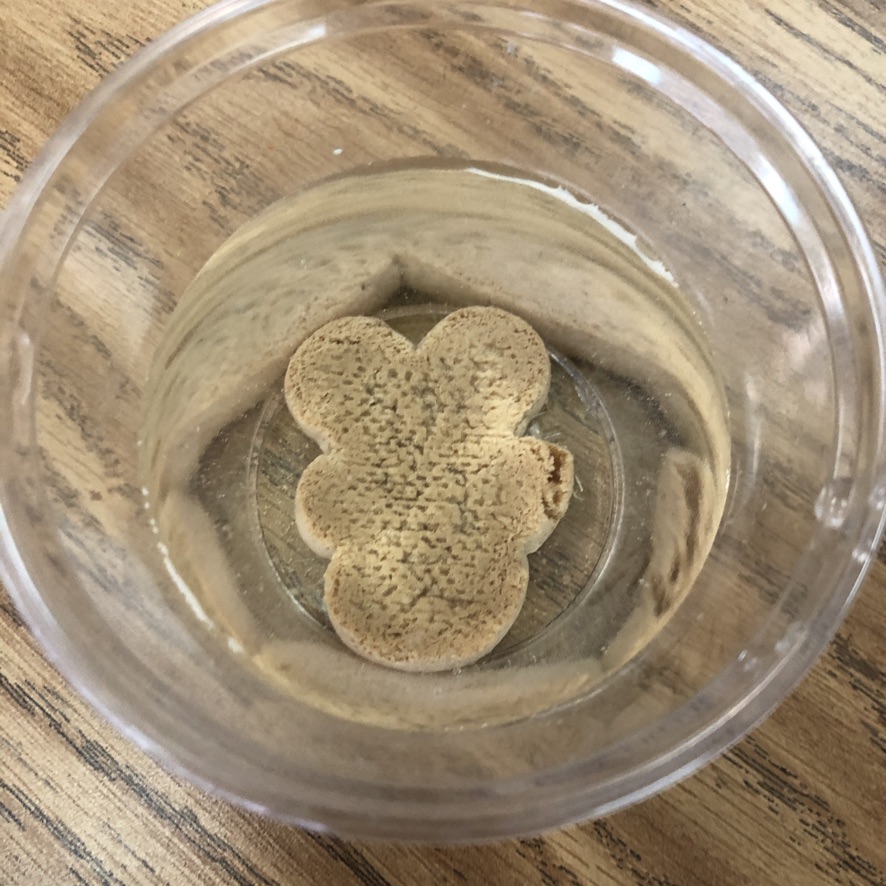
We then tried placing a gingerbread cookie in a cup of water. We checked on it throughout the day, and by bus time, they could easily see what would happen to the gingerbread man if he tried to swim.
Gingerbread STEM Challenge
With this understood, we then moved on to the problem that the Gingerbread Man had. If he couldn’t swim across the water, how could he get safely across? The children had many suggestions, but most included a boat of some sort. So from there, I challenged them to design and build a boat that would safely carry the gingerbread man across the river.
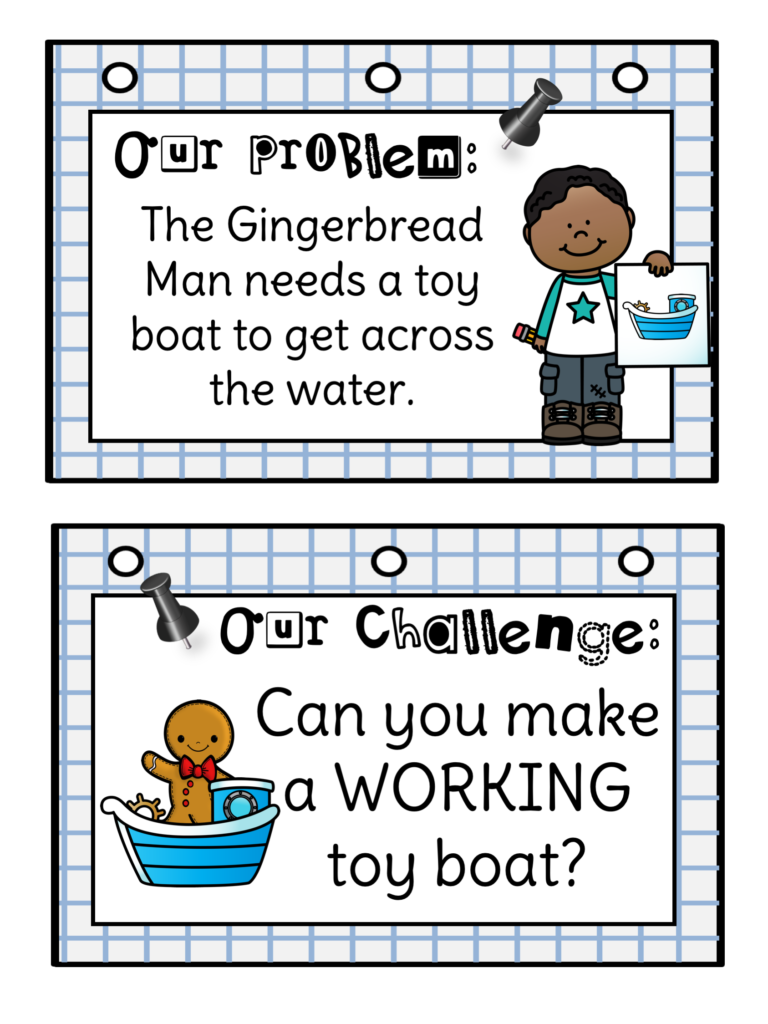
With this challenge, it was important that they understand that they weren’t just doing an art project, but that the boat had to actually function or “work.” We spent some time defining what this meant and learning about the difference between floating and sinking.
Exploring Boat Designs
We began researching boats by reading books, such as Boats Fast and Slow by Iris Volant, studying photos, watching videos and looking closely at models of toy boats that the children brought from home. We learned the parts of a boat and discussed which features were necessary for a boat to function.
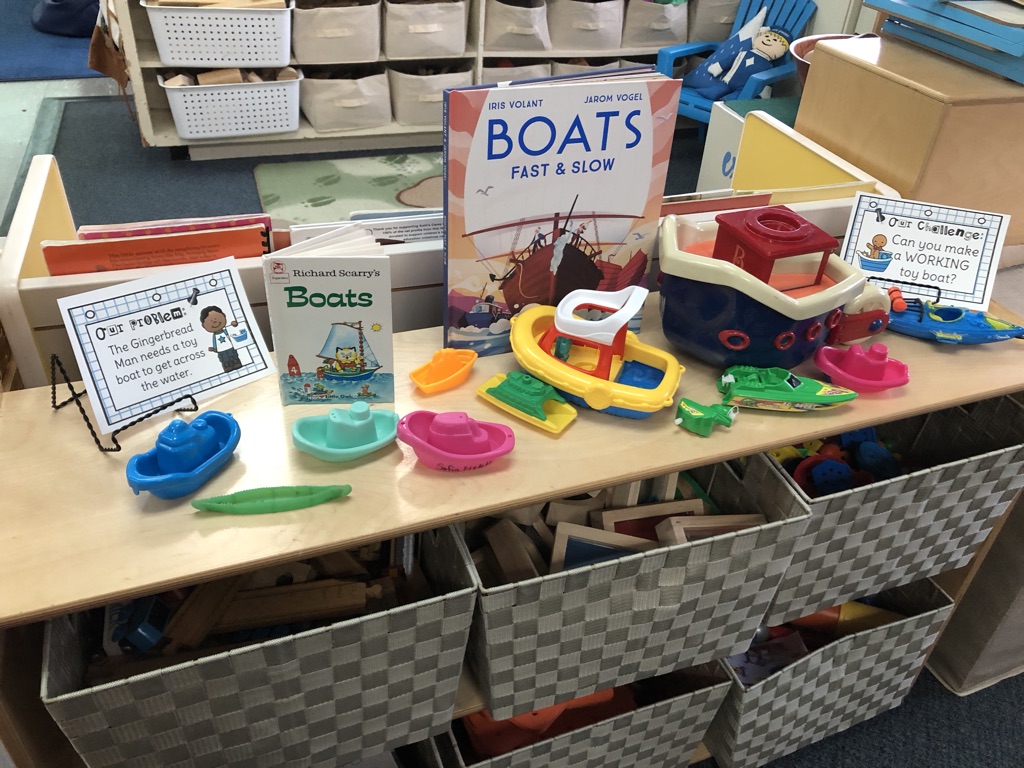
Children were then given an Engineer’s Notebook and asked to draw 4 different models on their research page.
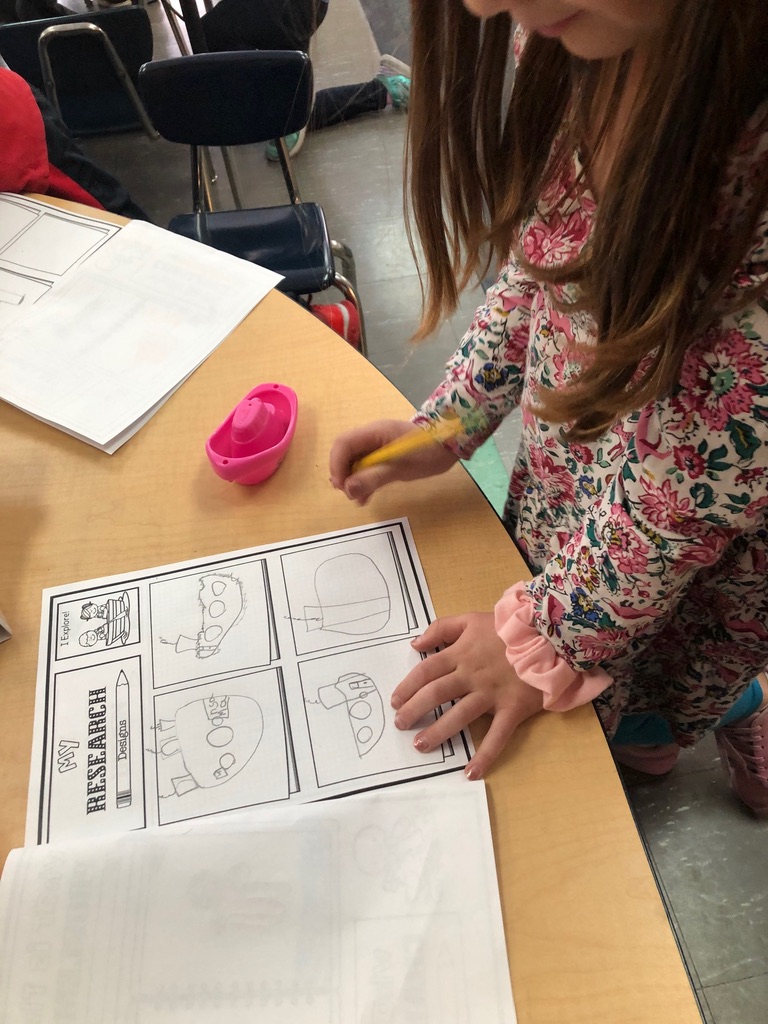
Designing the Boat
Once children were familiar with the structure and function of a boat, they sketched their designs in their notebooks and we brainstormed the materials they would need for building.
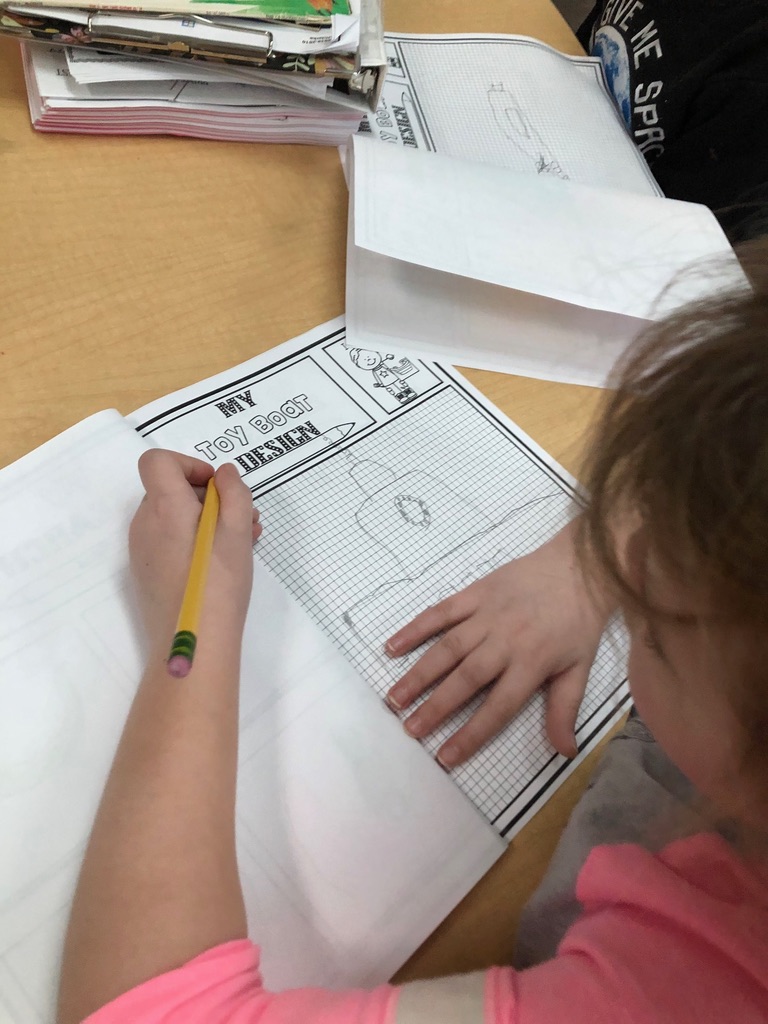
Building the Boat
Children took turns visiting our classroom makerspace to build their boat over the next couple of weeks. They loved the freedom they were given to choose their own materials and decide how to put them together to build their boats.
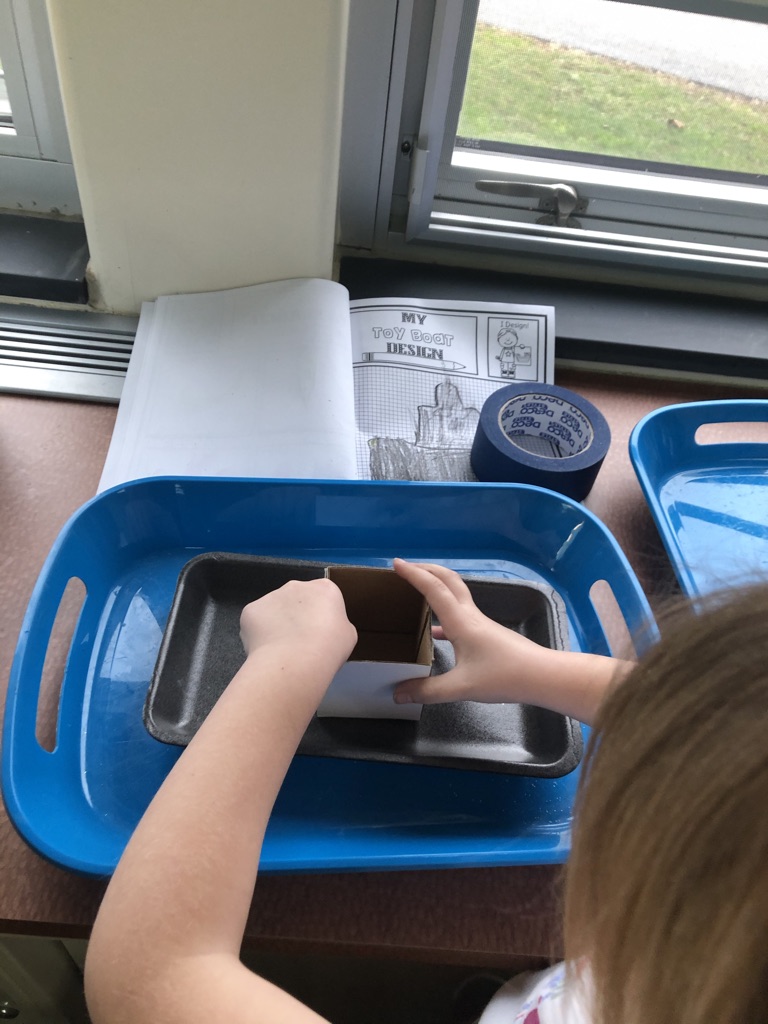
I loved hearing them use the new vocabulary they had learned during the research stage, words such as hull and sail, to talk about their designs as they constructed them. Any frustration that developed was an opportunity to teach about growth mindset and how engineers rarely, if ever, get it right the first time.
Testing and Evaluating the Boats
We began testing their boats once children finished building them. Each child placed a miniature gingerbread man inside their boat and placed it into a tub of water.
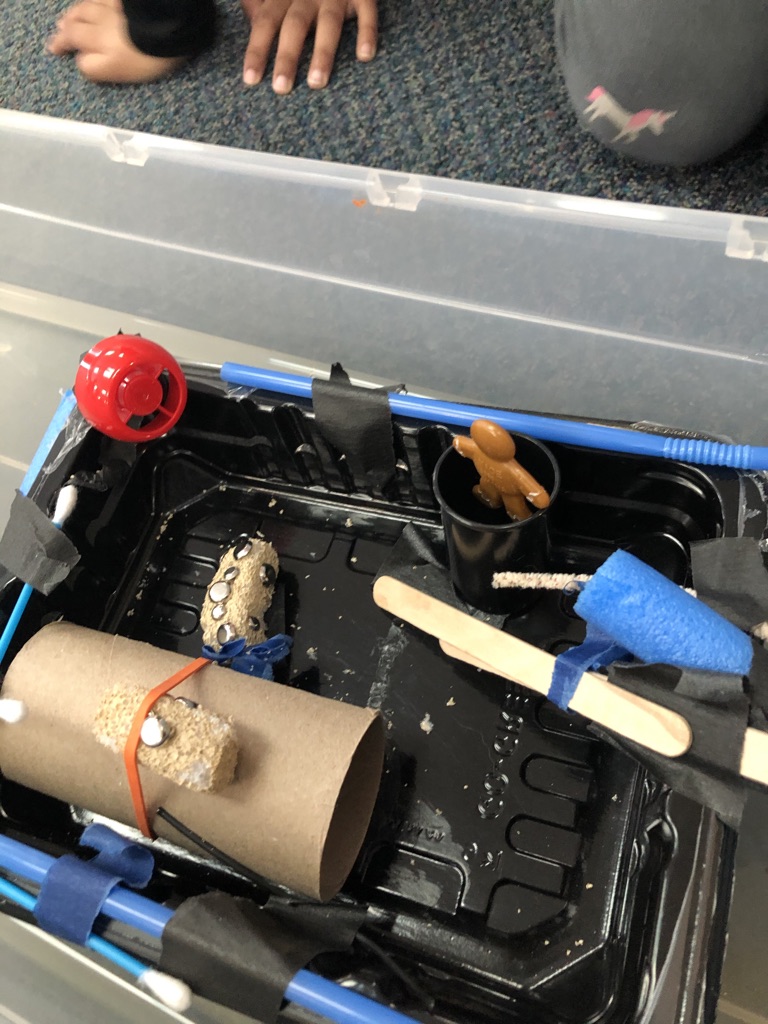
We gathered around to see if it would float or sink. If the boat floated, we considered it a successful design. If it sank, they were given the chance to try and improve their design. All children were asked to reflect on their boats and share one thing they might add or take away if they were to build one again.
Our Gingerbread STEM Path
Through our journey with this STEM project, the children learned much more than how to build a boat.
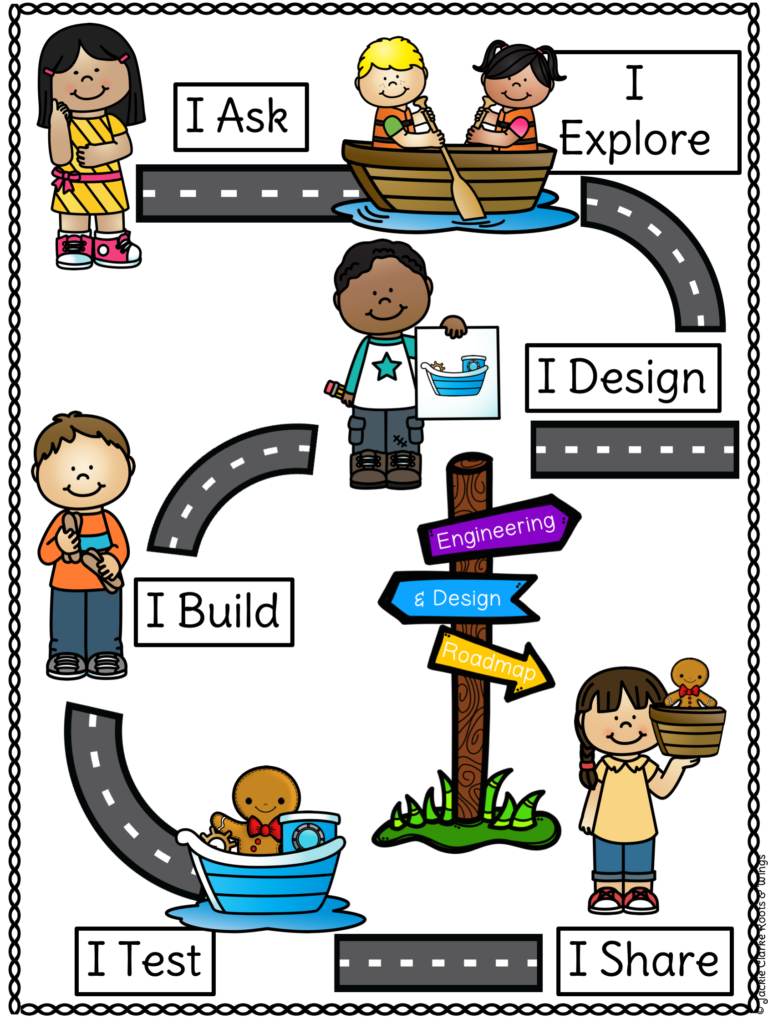
They experienced the engineer-design process and the freedom to think critically and build creatively. In the end, the boat they took home mattered much less than the experience itself!
Take the Gingerbread STEM Challenge
If you would like to take this journey with your kiddos and try the Toy Boat Project in your classroom, you can find our complete plan for each step of the process included in this resource.
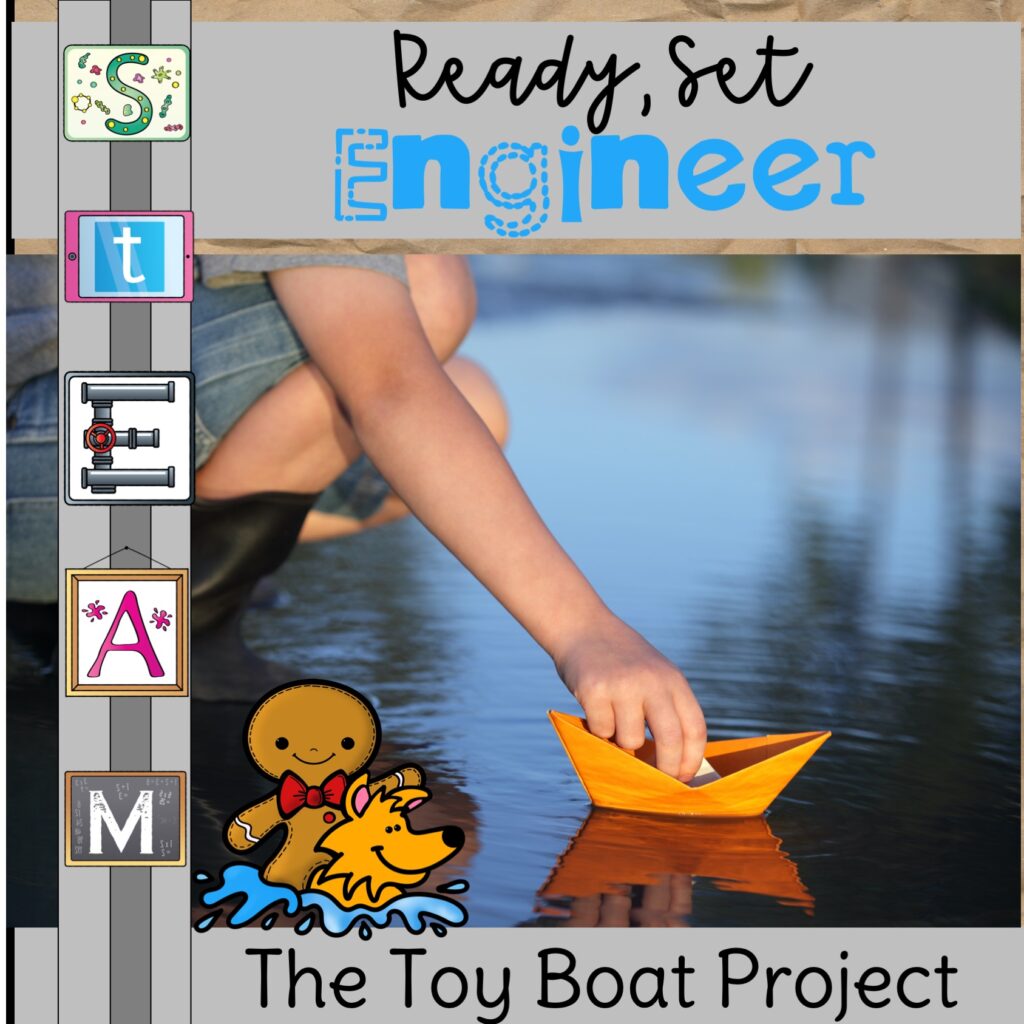
It is also part of a fun Gingerbread Bundle that includes story mapping, how-to writing, and a Five Gingerbread Cookies Sing and Learn Set.
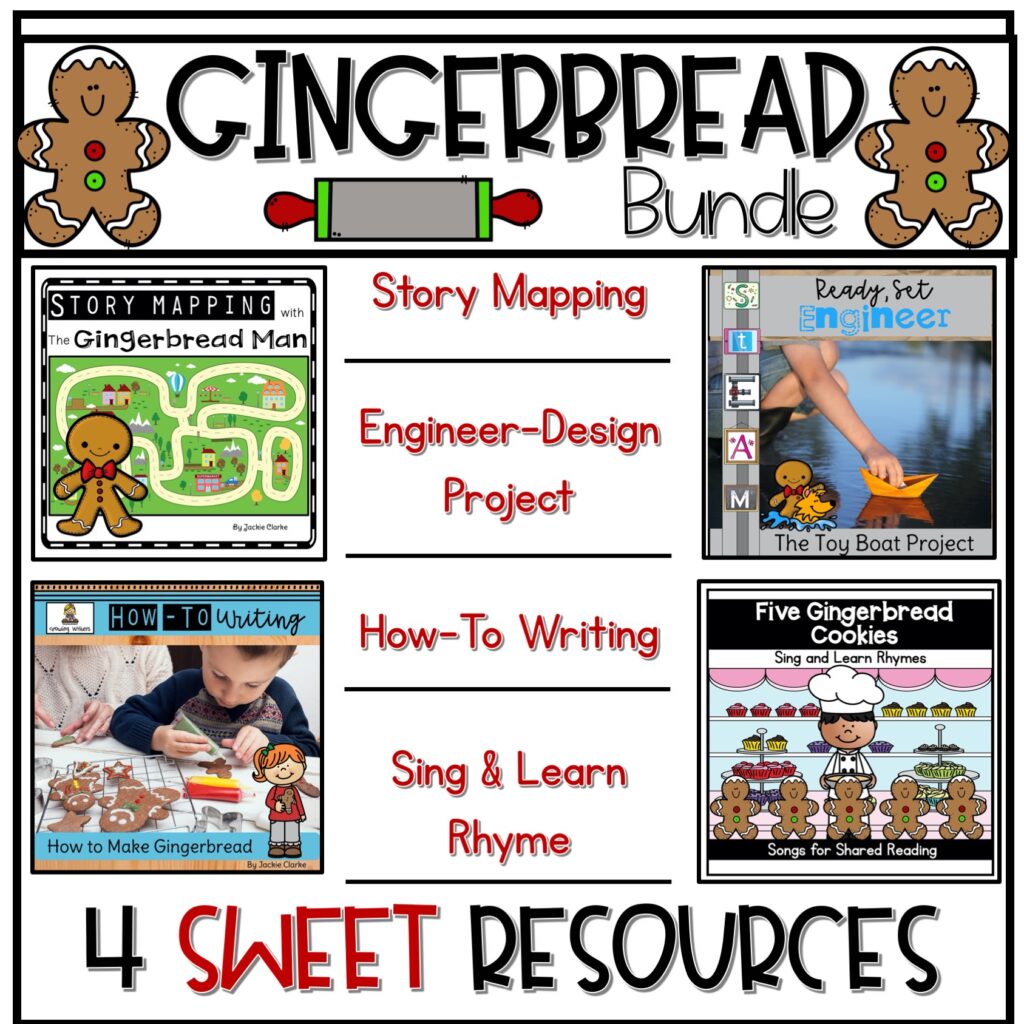
For more ideas on bringing science and engineering to your classroom, check out the Growing with STEAM page inside the Roots & Wings Resource Library.
This post contains affiliate links. Roots and Wings is a participant in the Amazon Services LLC Associates Program, an affiliate advertising program designed to provide a means for sites to earn advertising fees by advertising and linking to Amazon.com.


 My Biggest Challenge with a Classroom Makerspace
My Biggest Challenge with a Classroom Makerspace Curious Classroom Book Study: Capture and Honor Kids’ Questions
Curious Classroom Book Study: Capture and Honor Kids’ Questions 3 Types of Makerspace Challenges to Use Across the Kindergarten Year
3 Types of Makerspace Challenges to Use Across the Kindergarten Year A Fall Nature Walk: Before, During, & After Activities
A Fall Nature Walk: Before, During, & After Activities